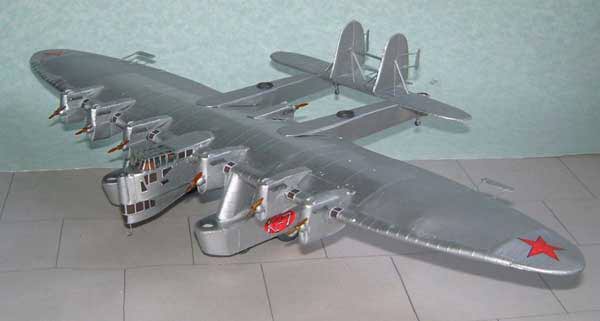Kalinin K-7 Russian Giant Transport/Bomber
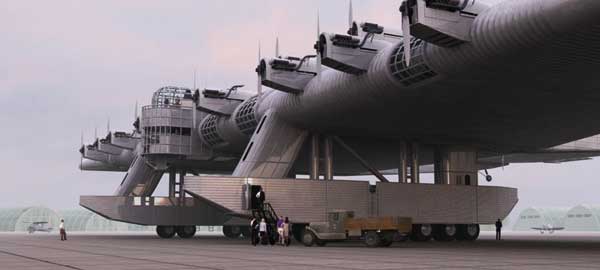
Designed by World War I aviator Konstantin Kalinin with a wingspan greater than the B-52 and a much greater wing area, the K-7 was one of the biggest aircraft built before the jet age. It was only one engine short of the B-52 as well, having the curious arrangement of six pulling on the wing leading edge and one pushing at the rear.
The K-7's very brief first flight showed up instability and seriou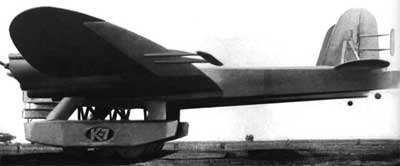 s vibration caused by the airframe resonating with the engine frequency. The solution to this 'flutter' was thought to be to shorten and strengthen the tail booms, little being known then about the natural frequencies of structures and their response to vibration. On the eleventh flight, during a speed test, the port tail boom vibrated, fractured, jammed the elevator and caused the giant aircraft to plunge to the ground, killing 15.
s vibration caused by the airframe resonating with the engine frequency. The solution to this 'flutter' was thought to be to shorten and strengthen the tail booms, little being known then about the natural frequencies of structures and their response to vibration. On the eleventh flight, during a speed test, the port tail boom vibrated, fractured, jammed the elevator and caused the giant aircraft to plunge to the ground, killing 15.
The K-7 was yet another example of the aviation policy dictated by the infant Soviet regime, which believed that the way to impress the rest of the world was to build aircraft bigger than anyone else's. On its first flight, on August 11, 1933, the pilots reported that they were generally content with the way the huge aircraft handled, except for the instability and vibration, which was found to be caused by the small-diameter propellers and ungeared engines. The aircraft test flights over Kharkov generated huge interest.
What People Say...
OMG!!! Peter Moss 1/10
Kalinin K-7
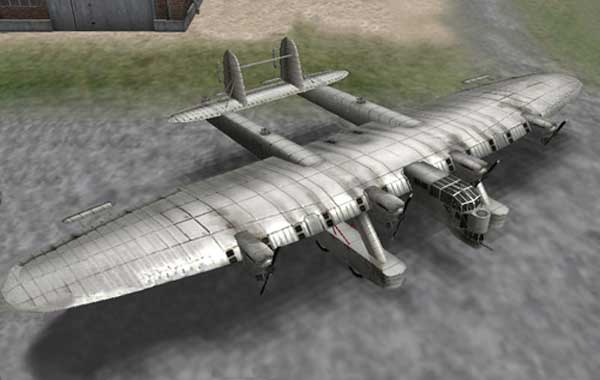
This is a large project planned for sometime in the future. Please no email asking when.
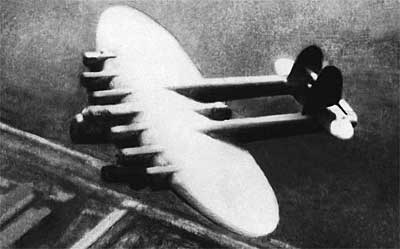 The
dream of huge transports capable of carrying large numbers of passengers found fertile ground in many countries,
but never really bore fruit until after the Second World War.
Between the wars-in addition to the dreadful 'Capronisimo' -
there were a number of big transport aircraft designed in Europe
and America, but only a handful were ever built, and none of the
really big dreams (100 + passengers) ever actually went into
service.
The
dream of huge transports capable of carrying large numbers of passengers found fertile ground in many countries,
but never really bore fruit until after the Second World War.
Between the wars-in addition to the dreadful 'Capronisimo' -
there were a number of big transport aircraft designed in Europe
and America, but only a handful were ever built, and none of the
really big dreams (100 + passengers) ever actually went into
service. There was Claudius Dornier's big Do-X of 1929 which could carry 150 passengers, but it took her 10 months to fly from Germany to New York on a demonstration flight in 1930-31. The Pan Am Clippers (built by Martin, Sikorsky and later Boeing) succeeded in conquering the airways on a global scale in the years immediately before World War II, but the biggest of them, the Boeing 314, could carry only 74 passengers.
Among those which were built, there were few stranger than the Kalinin K-7 and the Tupolev Ant-20. It was strange on one hand because of the fact that so ponderous and clumsy aircraft could actually fly, and on the other hand because the big craft were developed in the Soviet Union during the Stalin years. It would seem that within the context of Josef Stalin's paranoid quest for socialist egalitarianism, so grand a concept as a 120- passenger airliner would have no place. However, Stalin and his cronies, for all the lip service they paid to the 'proletariat,' were consummate showmen more interested in the glory of the Soviet State than in the everyday lives of Russian peasants. In this context, grandiose machines of unique design had a very important political role.
Konstantin Kalinin began his career as a pilot in Tsar Nicholas
II's air force duri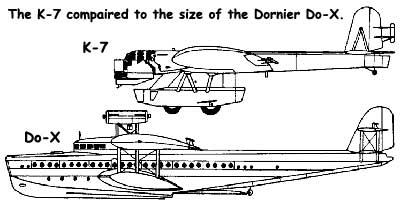 ng World War I. He joined the Bolsheviks in
1917 and went on to serve them both as a pilot and as a repair
shop boss before he started designing aircraft in1925. His early
designs were rather standard transport types, consisting mainly
of high-wing monoplanes similar to those being built in the
West. The K-7 was a complete and stunning departure from
what Kalinin had done before, and indeed from anything that
had yet been attempted in the Soviet Union.
ng World War I. He joined the Bolsheviks in
1917 and went on to serve them both as a pilot and as a repair
shop boss before he started designing aircraft in1925. His early
designs were rather standard transport types, consisting mainly
of high-wing monoplanes similar to those being built in the
West. The K-7 was a complete and stunning departure from
what Kalinin had done before, and indeed from anything that
had yet been attempted in the Soviet Union.
Because of its radical size and configuration, Kalinin had trouble selling it to the unimaginative planners in the Soviet government. The propaganda value helped, and so did Kalinin's promise to configure the first one as a bomber.
Work on the K-7 started in 1931, and the big airplane was completed two years later at Kalinin's design bureau plant in Kharkov. She was a true leviathan, built on a scale to rival Mother Russia herself. Her wingspan was 174 feet-equal to that of two DC-3s-and she was 92 feet long. Most notable about her size was her wing area. Kalinin had designed her with the largest elliptical wing that would ever be built. With an area of 4887 square feet, which was double that of a Boeing 314 Clipper or B-29, the huge wing was even greater in size than the wings of a B-52!
In what may well have been a concession to socialist egalitarianism, Kalinin's planners managed to find enough room in the K-7 to employ 19 people to crew the big ship. Within the wing, which was thick enough to accommodate 120 people, there were 12 separate crew positions, two each on either side of the engine nacelles. Seven of the crewmen were gunners, and could well have been put to work as stewards in an airliner variant if one had been forthcoming.
Powered by seven Soviet State Industries M34 engines delivering a total of 5810 hp, the K-7 was first flown on Augus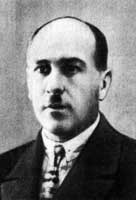 t 11,
1933. Violent vibrations shook the big tail booms, so huge slabs
of steel were welde
t 11,
1933. Violent vibrations shook the big tail booms, so huge slabs
of steel were welde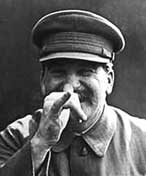 d into place to keep them rigid, rather than
looking into more subtle and complex aerodynamic solutions to
the problem.
d into place to keep them rigid, rather than
looking into more subtle and complex aerodynamic solutions to
the problem.
This also increased the K-7's 93,400 pound gross weight by 10 percent. Nevertheless, the test program managed to squeeze seven test flights out of the big elephant before 21 November when the right tail boom wrenched off at 350 feet, sending the K-7 into a short, but deadly, power dive. Most of the small battalion of crew members were killed in the crash, and Kalinin found himself walking on eggshells for the rest of his life.
Konstantin Kalinin continued to develop other designs, but he was never to attempt anything on so grand a scale again. Two improved K-7s were requested, but were scrapped in 1935 before they were completed. Kalinin himself ran afoul of Josef Stalin's dreaded purges and was executed in 1938 as an enemy the state.
Even before the K-7 was completed, the political advantage of gargantuan aircraft had caught fire in Stalin's workers' paradise. In 1931, at the same time that Kalinin was embarking on his project, the Soviet government decided to build a huge airliner as a propaganda exercise in celebration of the great author Maxim Gorky.
It was Kalinin's idea, but it was being built without Kalinin. In fact it was a monumental committee effort that brought the best designers at the highly respected Tupolev design bureau together with virtual 'blank check' requisitioning power across the length and breadth of Soviet industry.

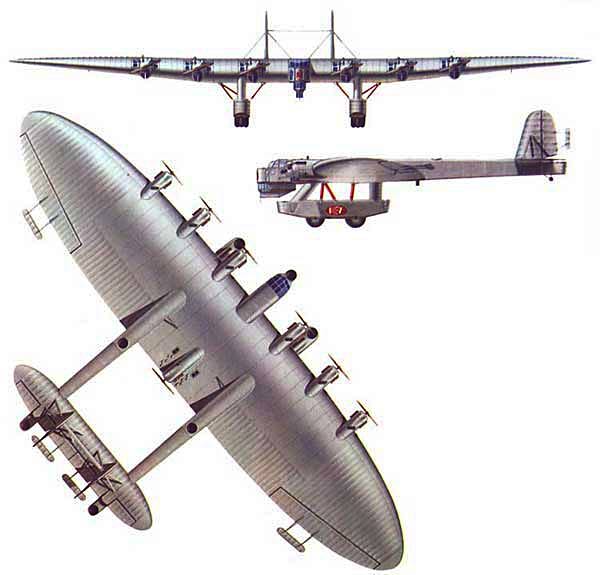
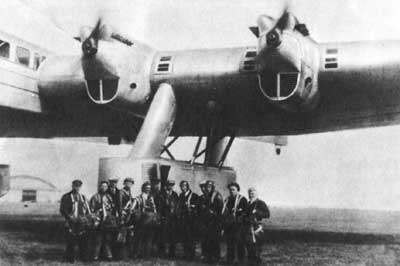 |
The Kalinin K7 crew posing in front of the Kalinin K-7. Look closely and you'll see the engines churning away.. Whats up with that? |
Scratch built plastic model of the Kalinin K-7. |
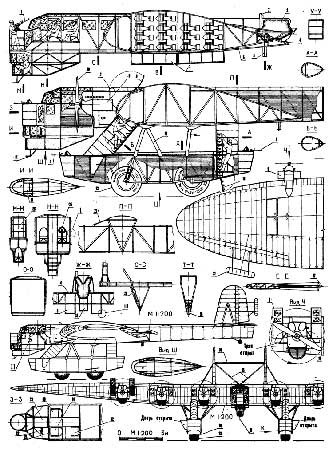 |
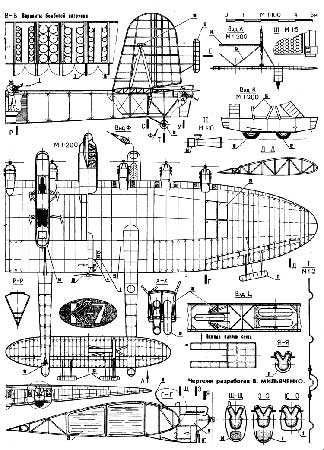 |
Technical Drawings of the Kalinin K-7. Click for enlarged image. |
|
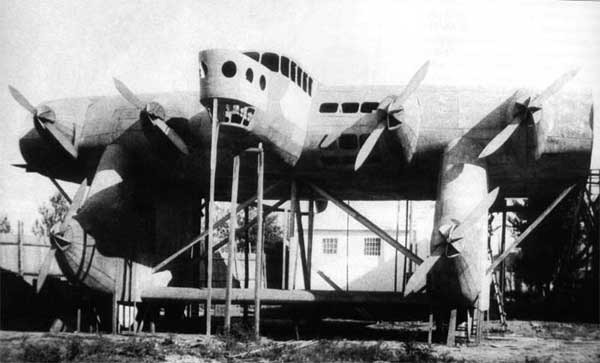 |
| Prototype of the Kalinin K-7, showing its original configuration. Looks like some sort of pre-historic monster. |
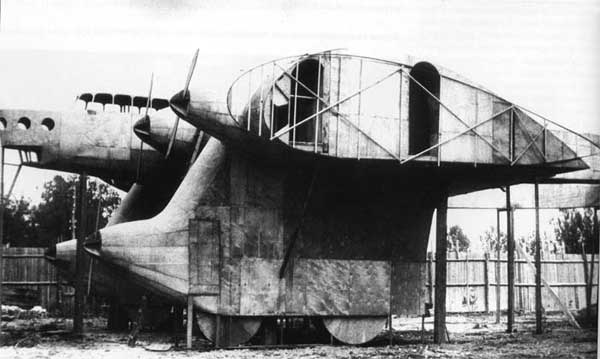 |
Specifications
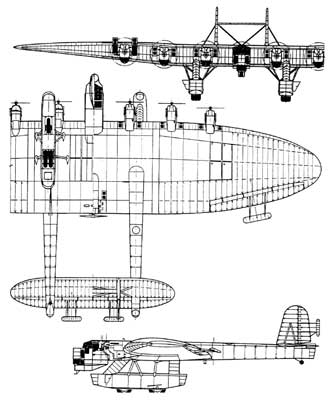 |
Crew: minimum 11 Capacity: 120 passengers Length: 91 ft 10 in Wingspan: 173 ft 11 in Wing area: 4,886.8 ft² Empty weight: 53,793 lb Loaded weight: 83,776 lb Powerplant: 7× Mikulin AM-34F V-12 piston engines, 750 hp each Performance Max speed: 140 mph Service ceiling: 13,123 ft Wing loading: 17 lb/ft² Power/mass: 0.06 hp/lb |
 |
|||
| A: The Kalinin K-7 was one of the first metal monster aircraft with a twin-boom layout. | B: The K-7 was said to have had a pilot, 18 crew members and one passenger when it crashed, killing all but five of the crew. | C: As originally designed the K- 7, was to have engines in the undercarriage sponsons. When completed, the bomber had gun positions, the bomb load and an internal staircase. | D: The K-7's control surfaces were all deflected by the use of large trim tab surfaces mounted on struts. |


